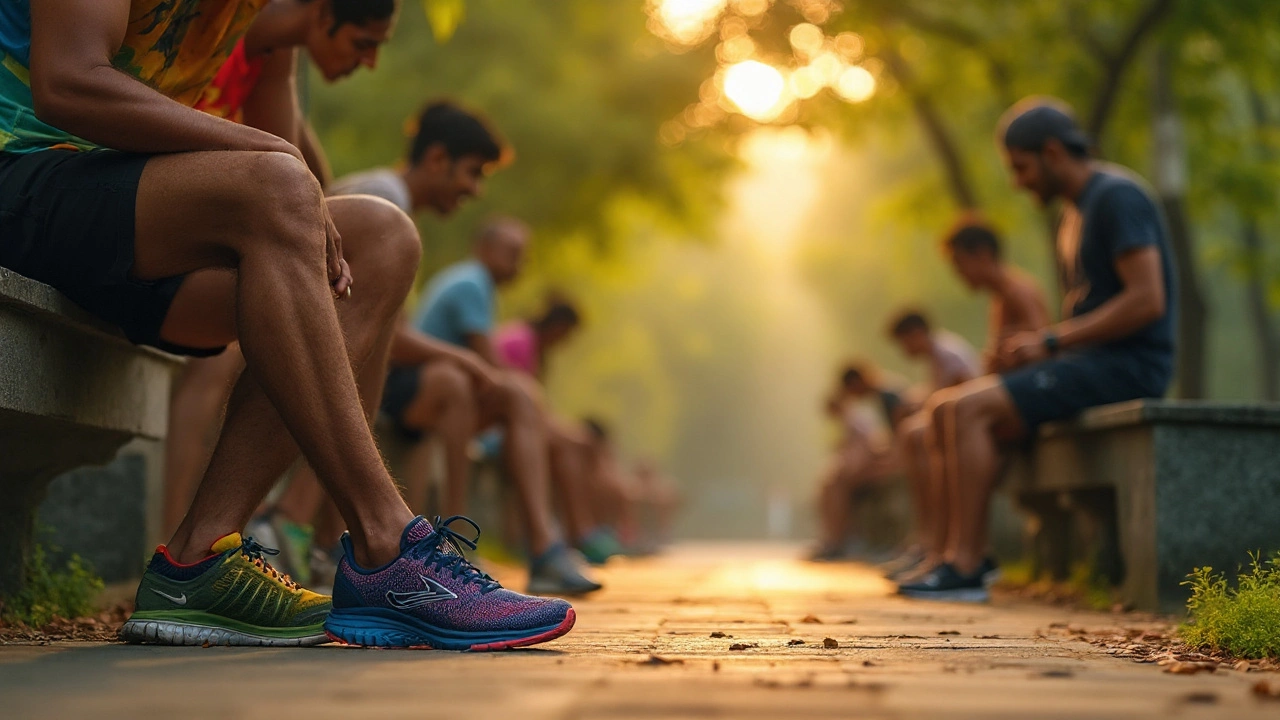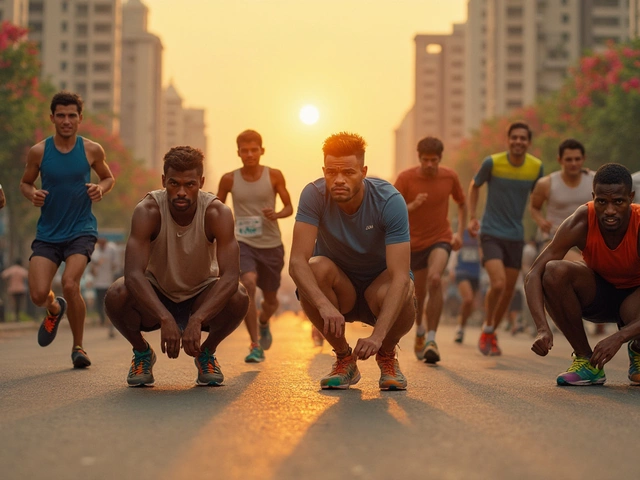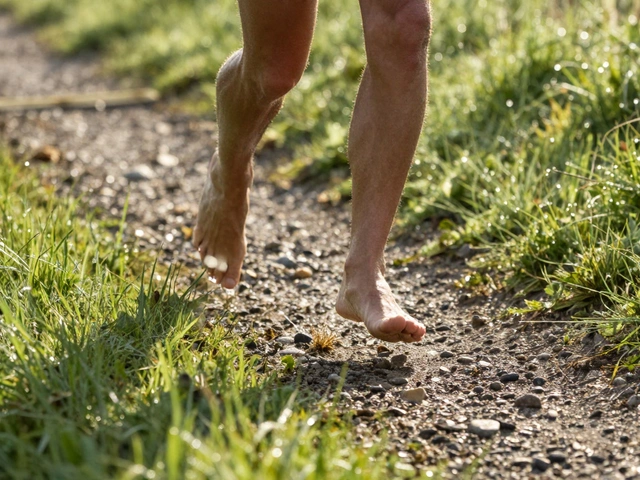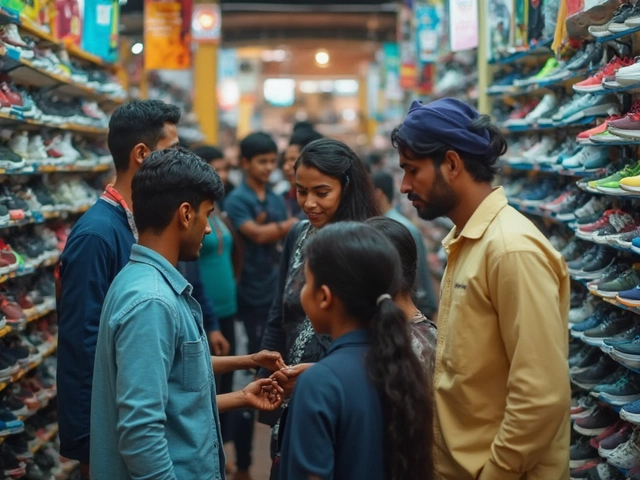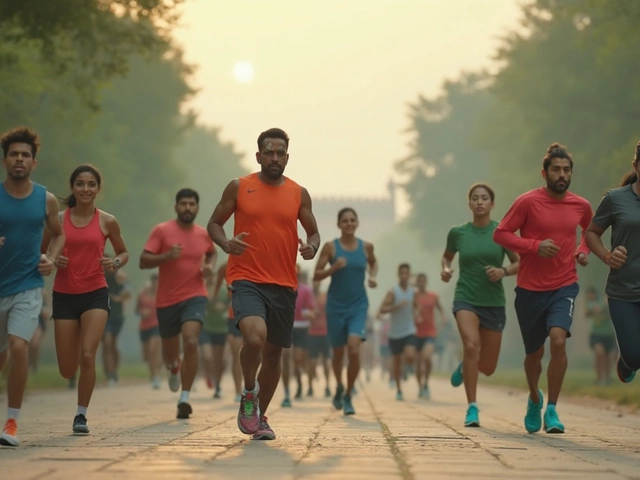Imagine lacing up your shoes, heading out the door, and nailing that run—no blisters, no annoying aches, just the feel of the pavement under your feet and that rush of energy. But as soon as your feet start aching mid-run, you realize, that sweet running experience? Totally depends on having the right shoes. Not the flashiest or the ones your favorite Instagram runner swears by, but shoes that actually fit how your own feet move.
Let’s break it down—running shoes aren’t all made for the same feet, or even the same type of running. What really makes a shoe the best for running? Is it cushioning? Arch support? The weight of the shoe? Or those high-tech carbon plates that pro runners rave about? I promise, it’s a bit more practical than all that hype makes it sound.
How Do Running Shoes Really Work?
Most runners don’t think about shoe tech until soreness or pain hits. But the science behind running shoes is wild. Your foot hits the ground with up to three times your body weight during a run, according to 2023 research published in the Journal of Sports Medicine—so the sole’s job is all about absorbing shock and keeping things stable. The midsole, which is that layer between the insole and outsole, does the heavy lifting. Most are made from foam like EVA or polyurethane, and now more brands are playing with fancy ‘energy return’ foams, too. But here’s the kicker: not everyone needs a super bouncy or mega-cushioned shoe.
There’s also the upper (the fabric and laces on top) keeping your foot snug without squeezing too much. Comfort rules here. Breathable mesh helps keep things cool, which you’ll notice fast on a steamy summer run, while knit designs hug differently. Ever had hot spots or weird rubbing? Cheap materials or bad fits usually get the blame.
A key feature is stability. People either roll inward (overpronate), roll outward (supinate), or have a pretty neutral stride. Most popular running shoe brands—think Brooks, ASICS, New Balance—have models for all three. If you’ve got high arches, you’re probably more likely to supinate. Flat feet often mean overpronation, which sometimes leads to knee or shin pain if you wear unsupportive shoes. Stability shoes add firmer material under the arch to stop your foot caving in, while motion-control models take it up a notch for serious overpronators.
The honest truth? No single ‘best’ shoe fits everyone. Shoe choice depends on your stride, foot shape, training goals, and even your local weather. Plenty of world-record marathoners run in shoes with carbon fiber plates (those springy ‘super shoes’), but for most everyday miles, comfort and fit matter way more than high-tech plates.
| Type of Running Shoe | Main Features | Best For | Example Models |
|---|---|---|---|
| Cushioned | Extra foam, soft ride | Long distances, runners wanting shock absorption | Hoka Clifton, ASICS Gel Nimbus |
| Stability | Arch support, firmer midsole | Runners with mild overpronation | Brooks Adrenaline GTS, Saucony Guide |
| Motion Control | Heavy support, limits excess motion | Severe overpronators, flat feet | ASICS Gel Kayano, Brooks Beast |
| Lightweight/Minimalist | Less cushioning, low drop | Speedwork, short races, experienced runners | Nike Free Run, New Balance Minimus |
| Trail | Grip, rugged construction, weather resistance | Off-road, uneven terrain | Salomon Speedcross, Altra Lone Peak |
Notice the options—nobody expects you to know instantly which group you’re in. Trail shoes are a totally different species, built to handle mud, rocks, and rough weather, while road running shoes are all about logging steady miles on pavement or the treadmill.

Choosing the Right Running Shoes for You
Here’s where the magic happens—and where people make the most mistakes. The biggest? Shopping by looks. Sure, neon colorways are fun, but blisters and black toenails are not. The process starts with your feet: shape, arch type, and the way you move.
Ever had your gait checked? Many running shops let you walk or jog on a treadmill while a staffer checks how your feet move. They can spot if you overpronate or need more arch support. A study from the American Academy of Podiatric Sports Medicine in 2022 found runners with a proper shoe fit had 60% fewer injuries than those just winging it with random pairs from online sales. New runners especially benefit from this since minor adjustments in footwear can make a world of difference.
If your feet are on the wider side, brands like New Balance and Brooks make wide sizes. Narrow heels? Look for models with a flared rear end or adjustable lacing. And don’t forget, your feet swell during runs. Try shoes on in the evening, when your feet are largest, and always leave a thumb’s width at the front for your toes.
Heel-to-toe drop also gets a ton of attention lately. That’s the difference in height from heel to forefoot, measured in millimeters. Classic shoes have a drop of around 10–12mm, while newer minimalist shoes go as low as 0mm. The lower the drop, the more your foot and calf muscles do the work—great for strength, but risky if you jump in too fast. Transitioning takes patience, and definitely not a sudden marathon in ‘barefoot’ shoes if you’re used to max cushioning.
If you run mainly on concrete, stick with road shoes—trail shoes are great on dirt paths, but all that extra tread gets uncomfortable and even clunky on smooth ground. For wet climates, look for water-resistant uppers or quick-drying mesh. Living in a city full of potholes and uneven paving stones? A bit of extra cushioning can save your knees and help you bounce back quicker after tough runs.
Here’s a trick: Bring your current running socks to the store. A thick sock can change how a shoe fits, so try before you buy. Walk around, do a little jog in the store if they’ll let you. If the shoe pinches, slips, or rubs at all, keep looking. And don’t be afraid to mix brands or models—your left foot might need different support than your right foot. Real runners cobble together what works.
Here are a few practical tips to lock in the perfect fit:
- Test shoes late in the day—feet swell after activity.
- Always use the same sock thickness as you run with.
- Leave a thumb’s width of room at the toe.
- Lace all the way up and check for slipping heels.
- If you use orthotics or insoles, bring them when trying shoes.
And hey, just because a shoe worked for you last year doesn’t mean the next version will feel the same. Brands ‘update’ models yearly, and sometimes tweaks in material or fit throw everything off. That’s why so many runners hoard old pairs when they find ‘the one!’
Oh, and if you spot a pair you love? Check online reviews and look out for runners with a similar foot type. Reddit’s r/running is full of detailed (and very honest) shoe feedback from real runners. The more personal the review, the better. Ignore generic blog posts rattling off the same three models with zero real use—go for descriptions that mention width, arch, real mileage, and even how shoes handle in the rain or mud.
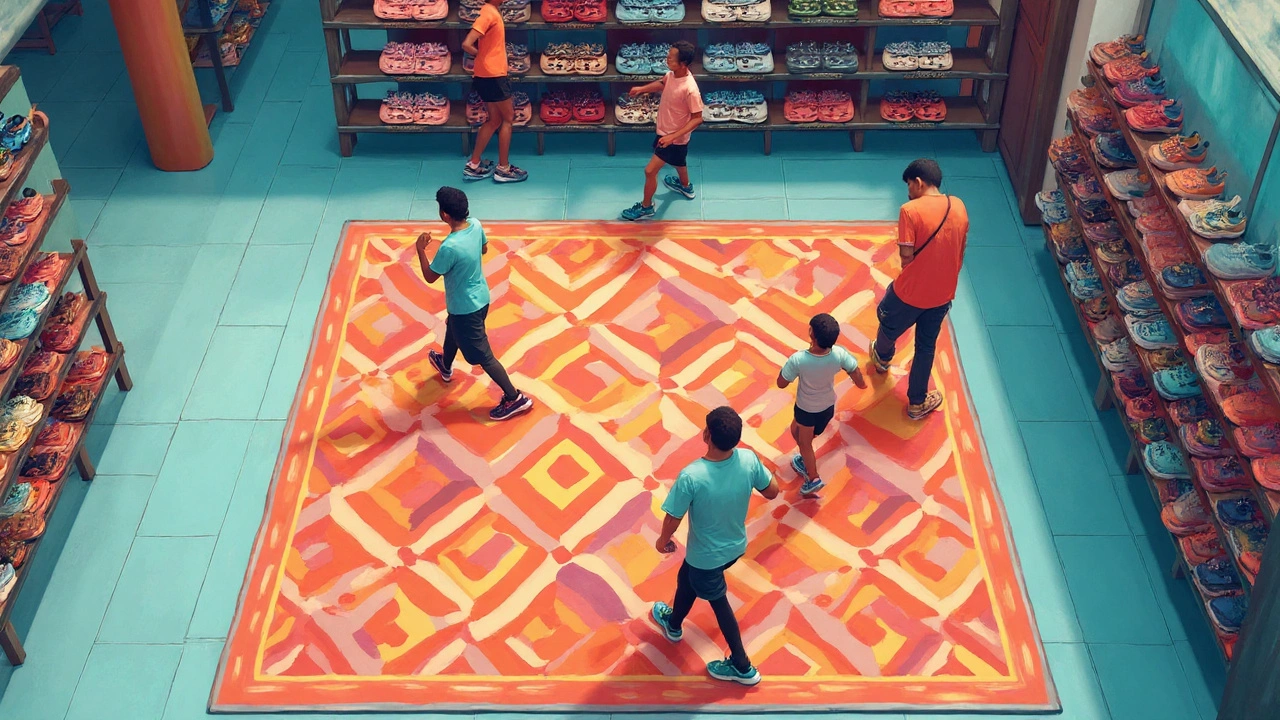
Troubleshooting Problems & Advanced Tips
So you bought what you thought were the perfect shoes, but something still feels off? The most common culprits: blisters, sore arches, black toenails, and nagging knee or shin pain. The fix isn’t always ‘buy a more expensive shoe.’ Sometimes, it’s as simple as adjusting the lacing technique—runners with high arches can use the runner’s loop (an extra eyelet trick) to keep heels locked in. For wide feet, skipping the first eyelet up top gives more wiggle room.
If you’re logging lots of miles, keep a rotation. Data from Strava’s 2024 run tracker shows runners alternating between two pairs cut down injury risk by up to 30%. Shoes break down faster than you think—foam midsoles lose bounce after about 300–500 miles. After that, the support drops and injury risks go up. Mark your start date inside the tongue with a Sharpie to remember when to retire them—don’t rely on tread alone, since many shoes look fine but feel dead inside.
People often wonder about price. Yes, you can spend $300+ on super shoes loaded with carbon fiber, but for daily runs, $100–$150 gets you a durable, genuinely well-cushioned model from big names like Saucony, Brooks, or Nike. Check for outlet sales, last season’s colors, or lightly used pairs on trustworthy platforms if you want to save cash.
Let’s bust a myth: more cushioning isn’t always safer. Ultra-soft shoes can let your ankle roll too much, which actually raises injury odds on uneven ground. For newer runners or heavier builds, stability or moderate-cushion shoes work best. Minimalist and barefoot shoes, meanwhile, take months to adapt. Transition too quickly, and it’s hello plantar fasciitis or angry Achilles.
Terrain is another factor. If you love trail adventures, look for aggressive tread, drainage channels, and toe caps for sharp rocks. For mixed-surface city runners, hybrid shoes with versatile soles fit the bill. And if you run in a hot, humid city, lightweight mesh uppers and moisture-wicking insoles keep your feet from turning into sweaty blisters.
Quick stat, because these numbers are wild: According to a 2024 Running USA survey, 48% of runners pick shoes based on comfort, 22% prioritize price, and only 8% pick by color or style. So, don’t fall for sales pitches saying bright hues make you faster—there’s zero science behind it.
Here’s a quick checklist for getting it right:
- Have your gait checked at least once every few years.
- Replace running shoes before the foam collapses (mark the mileage!).
- Rotate pairs for longevity and fewer injuries.
- Match shoe to your terrain: road, trail, hybrid.
- Don’t be swayed by influencer hype—listen to your own feet.
Your ideal shoe is the one you forget about by mile three. If you’re still thinking about your feet halfway through a run, something’s off. A good pair supports your stride, matches your arch, fits your foot’s quirks, and takes you further, faster, and happier. It won’t magically trim two minutes off your 5K time, but it’ll make pounding the pavement or hitting the trails something you actually look forward to.
